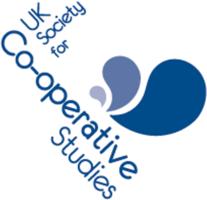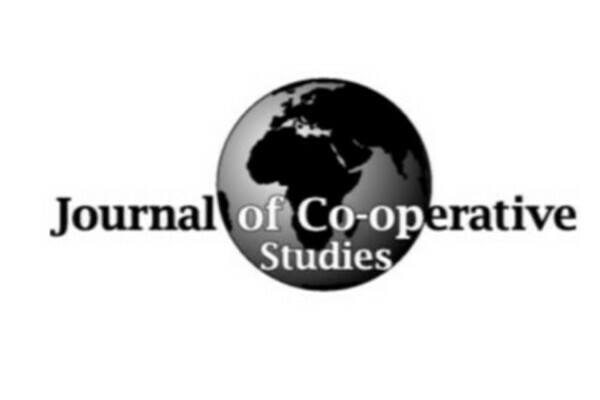Rural Co-operation - Plunkett Foundation
Participation model in the workers' co-operatives of Andalusia, Spain.
Antonio J. Romero, pp. 159-172
Workers' co-operatives are based on a holistic conception of the productive process. As a result, the quality of the democratic systems of a co-operative organisation is highly dependent on the existing psychosocial and economic system. In periods of economic crisis, when co-operatives tend to proliferate, they encounter more internal problems in terms of their organisation, training and material resources. An understanding of the human profile behind workers' co-operatives in Andalusia is therefore crucial in any analysis of the psychosocial-economic dynamics of these organisations, and the relatively high rate of failure among them.
Short articles
Distributions, and what it means to be a co-operative
Cliff Mills, pp. 173-181
This short articles looks at the payment of distributions and the difference between for-profit companies and co-operatives.
Crisis on the railways: An opportunity for co-operation
Paul Salveson, pp. 182-187.
This short paper focuses on Railtrack going into adminstration and asks the question of applying co-operative principles to some as[ects of railway operations and infrastructure ownership.
Peer reviewed papers
Do co-operatives differ from mutual non-profits? A social economy perspective.
Jack Quarter and Jorge Sousa, pp. 188-197
This paper argues that non-profits serving a membership (that is, mutual non-profits) are similar to co-operatives, particularly co-operatives without shares, and they should not be viewed as a distinct organisation type. Two types of evidence are considered: first, the evidence from a previously published study is reviewed. That study indicates that mutual non-profits and co-operatives (particularly, co-operatives without shares) have a strikingly similar pattern of scores on five dependent measures (social objectives; volunteer participation; democratic decision-making; government dependence; and market reliance) derived from the social economy framework. The second type of evidence is a comparison between these two organisation types using the co-operative principles. Again, very little difference is found. The study concludes by reconceptualising the relationship between co-operatives and mutual non-profits within a social economy framework.
Opportunities and challenges in comunications for Irish credit unions.
Olive McCarthy and Michael Ward, pp. 198-210.
Effective communication is one critical key to the success of a co-operative. It gives life to the co-operative and is crucial in decision-making. Communication is also a vital marketing tool and is essential for continued growth and development. Despite its importance, the issue of communication is often viewed as a throw-away subject, a process that is much neglected and often allowed to take care of itself. Yet there are few co-operatives that do not complain of poor communications; few co-operative members and personnel who feel fully informed about issues relating to the co-operative that affect them. The communications process is a complex one and one that must be nurtured and cultivated. Developing an effective system of communications in co-operatives for the future has particular relevance in securing more active member participation and commitment, and in reminding key stakeholders of the unique character of the co-operative message. Fully embracing communications technology is essential. This article addresses the issue of communications in Irish credit unions, exploring some of the findings of a recent comprehensive study of the issue. It also examines the current status of credit union communications, delves into the opportunities and challenges and suggests possible improvements for the future.
Society for Co-operative Studies
Report of conference 2001
Iain Williamson, pp. 211-216
This report first appeared in Co-operative News (2001, October 6).
Book reviews
Brentham: A history of the pioneer garden suburb, 1901-2001. By Aileen Reid.
Johnston Birchall, pp. 217-218.










